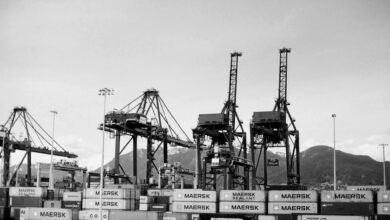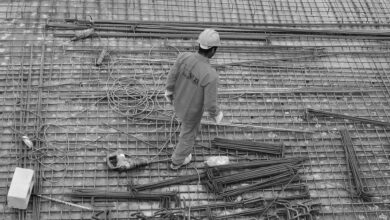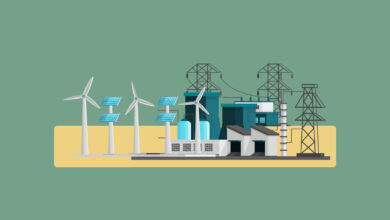From an initial GDP growth rate of 7% to a modest 2% as Pakistan approaches its 76th year, the question arises: Who has been steering the course?
As Pakistan marks its 76th Independence Day, it’s a great chance to look back at its history, especially in terms of economic governance.
Humble Beginnings
Pakistan started with meager resources and small industries, yet it managed to outpace India in terms of economic growth during the 1960s. Even in the absence of a solid foundation, or political stability, Pakistan was able to achieve an average GDP growth rate of 6.8%. The driving force behind this growth is widely believed to be a stern government focused on planning strategies. “The foundation of an authoritarian streak in the polity was laid fairly early in Pakistan’s history”. This type of economic management remained the basic framework of the economic system of the country until 1971. With a rejuvenated thirst for democracy, Pakistan moved forward with a similar mode of economic management, however, this time with adverse results. On the whole, Pakistan has largely pursued deliberate economic policies. Yet, the question remains: which individuals or groups have reaped the greatest advantages from these policy measures? The common man… or someone else?
Managing the Green Revolution
In terms of the decision-making process, the most important participants in the economy include a) bureaucrats, b) political parties, and c) special interest groups. Whether it be within the agriculture sector or industry, the presence of these interest groups has jeopardized the economic processes in the country. Let’s suppose, for instance, the Green Revolution of the 1960s. Pakistan was one of the fastest adoptees of the revolution by improving the prevalence of tube wells, tractors, high-yield seeds, etc. There is a lack of consensus on whether the benefits of the green revolution were equitably distributed or predominantly accrued to those with greater wealth. However, it’s crucial to highlight that the credit policy of the government during this time held significant weight, as it mainly favored affluent farmers. This additionally eased the procurement of fertilizers, tractors, tube wells, and various other essentials, given that substantial initial investments were imperative for obtaining these resources.
Credit Disbursements in Pakistan
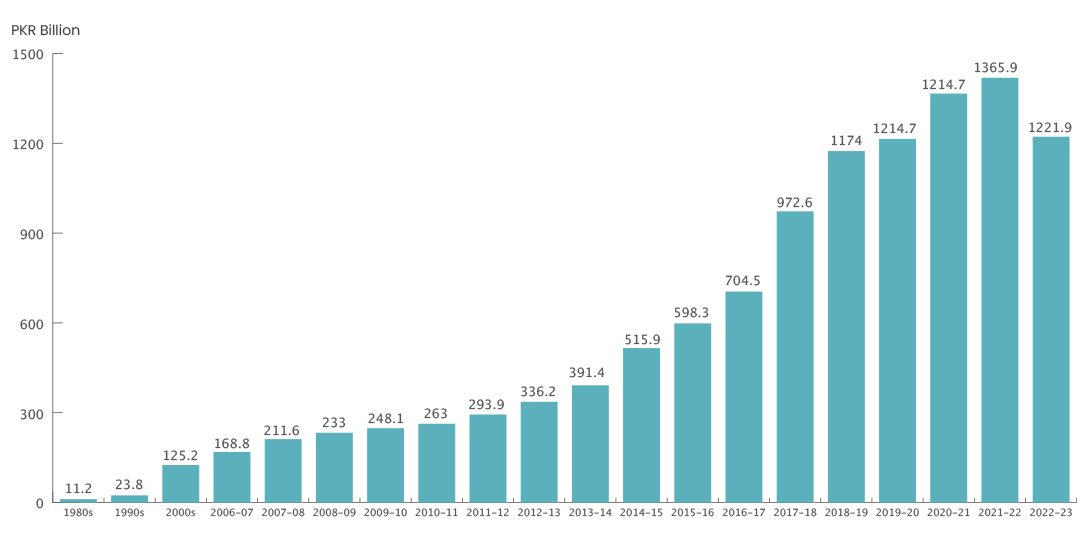
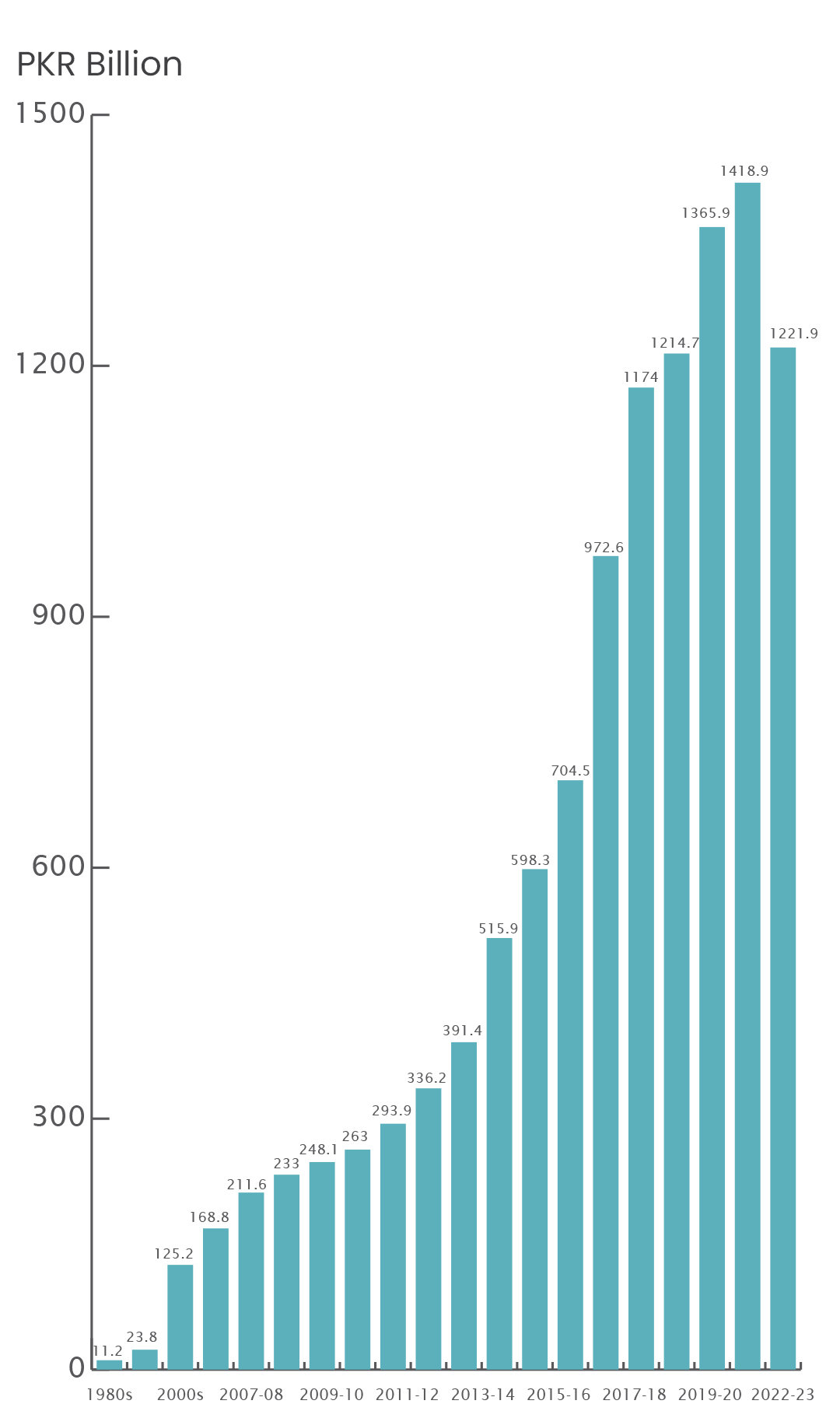
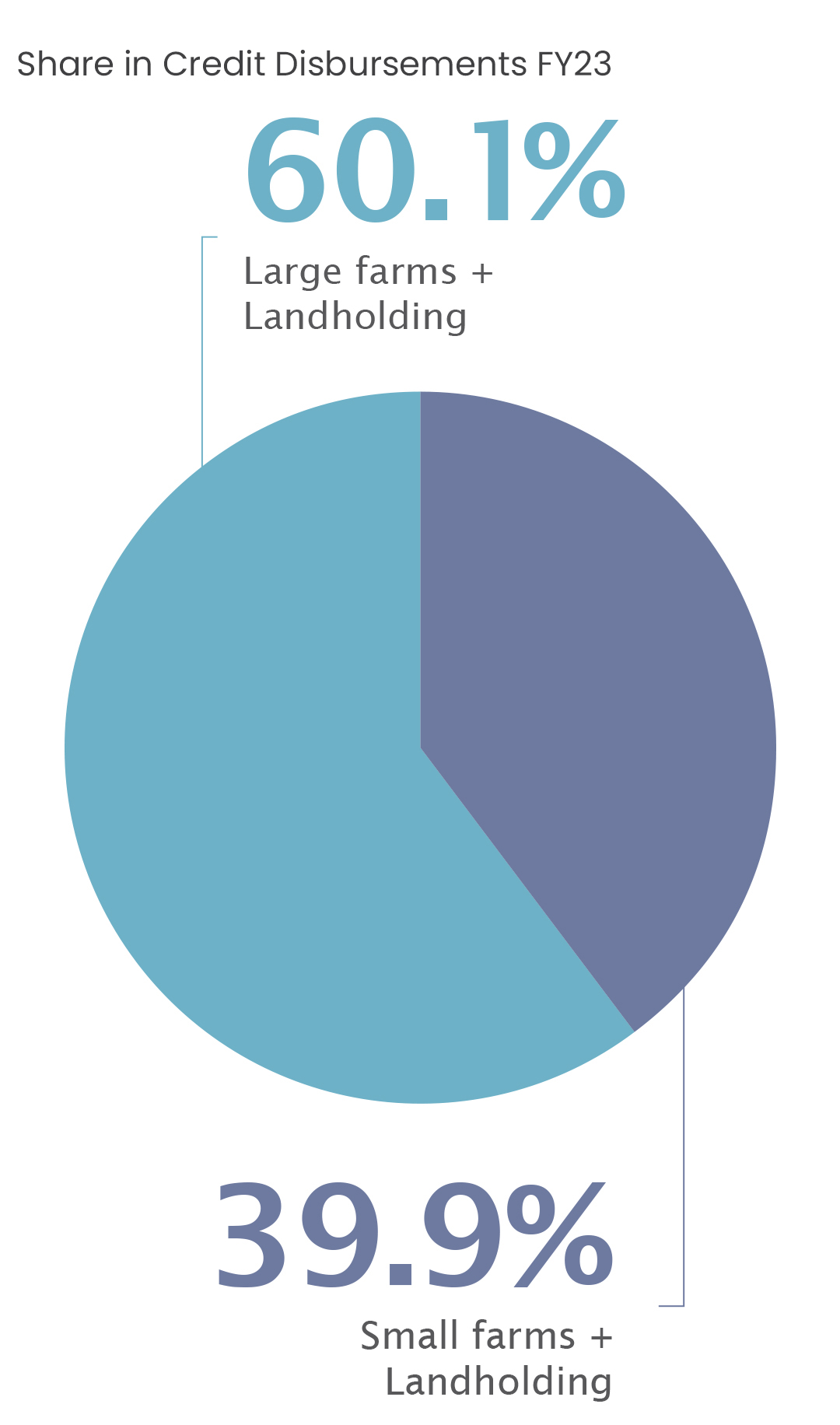
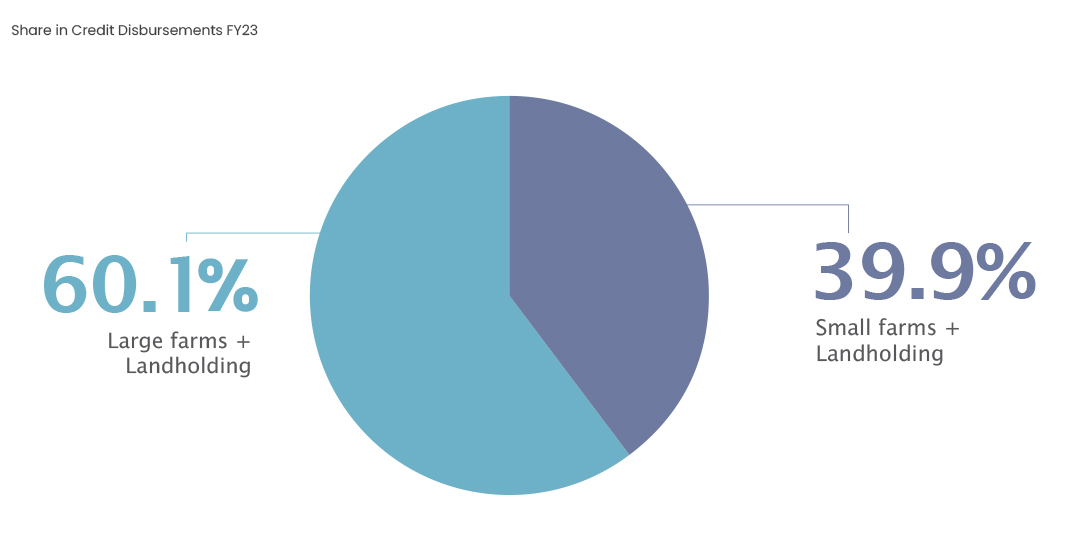 Source: Pakistan Economic Surveys, MoF
Source: Pakistan Economic Surveys, MoF
When it comes to actual policy-making, Pakistan’s economic policies were intricately linked to formal planning processes for a significant duration. After 1958, the bureaucratic elite emphasized the necessity of long-term economic plans. This importance was highlighted in the 1962 Constitution, where “planning” was explicitly mandated as crucial for development policies. The period following 1956 saw a robust Planning Commission (PC), although its influence dwindled from 1968 to 1977. Subsequent eras have shown a more mixed role, generally moving decision-making away from the PC. Not only internal but also external players were to blame for this as well more particularly due to the government’s commitments to international financial institutions (IFIs).
Free Reign to Economic Stakeholders
Keeping this in mind, we reach a crucial time in Pakistan’s economic development; the era of liberalization. Considering the country’s historic battle with a plummeting current account, it is essential to include political inflections on Pakistan’s trade policy up till now. More specifically the question of which industries will receive more attention, and are such goods exportable. A recent World Bank study found that Pakistan’s tariff policy has resulted in exceptionally high effective protection for domestic industries, which has effectively discouraged significant exporting. In short, a protectionist approach has inadvertently led to a decline in exports.
Trade Liberalization & the Forces Behind
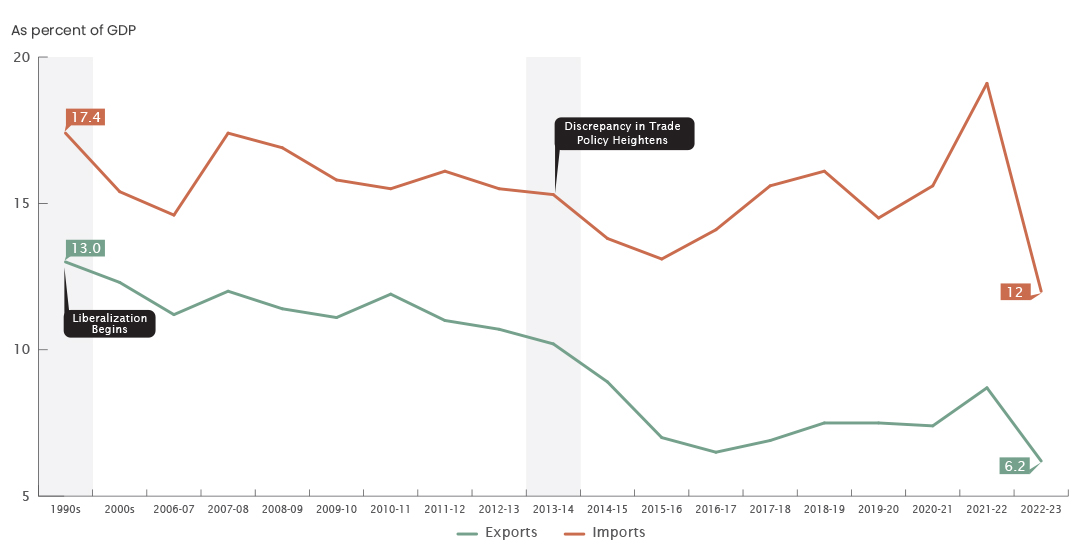
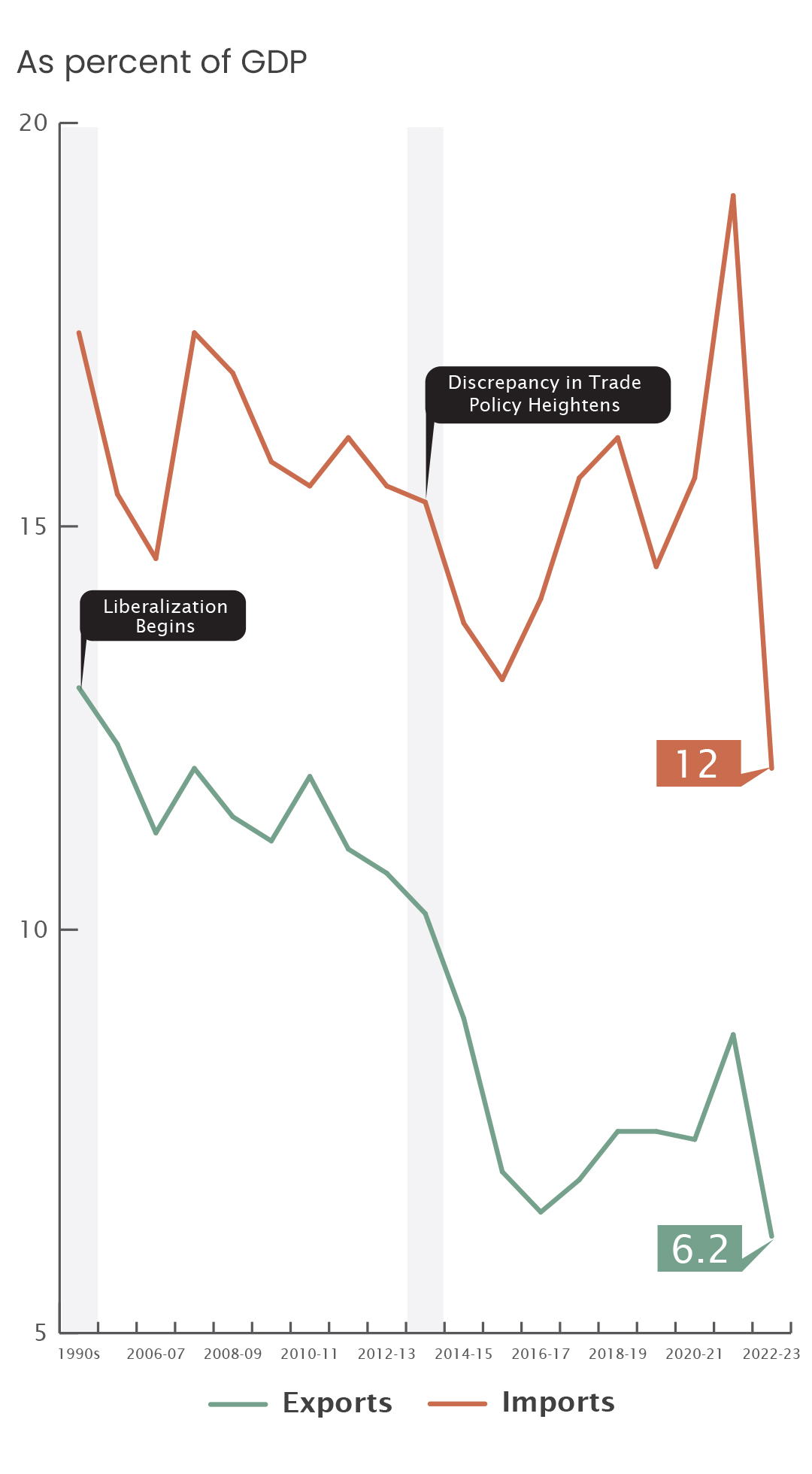
Source: Pakistan Economic Surveys, MoF
The process of liberalization in Pakistan primarily unfolded post-1999. This shift became evident through a significant decrease in average tariff rates across various sectors. From an average import tariff rate of 54.73 percent spanning the 1990s, it dwindled to approximately 30 percent by 2001. These tariffs are intended to generate revenue for the government and protect domestic industries by making imported goods more expensive. Therefore, lower import taxes encourage competition and make local industries more productive. However, here’s the twist, Pakistan has different tariffs for different product categories thus helping a few chosen industries in making easy profits. There have been speculations about who influences the trade policy in Pakistan, conjecture strongly suggests that the economic control is firmly maintained by 22 prominent families that have been mentioned time and again.
Unfair Trade Protections
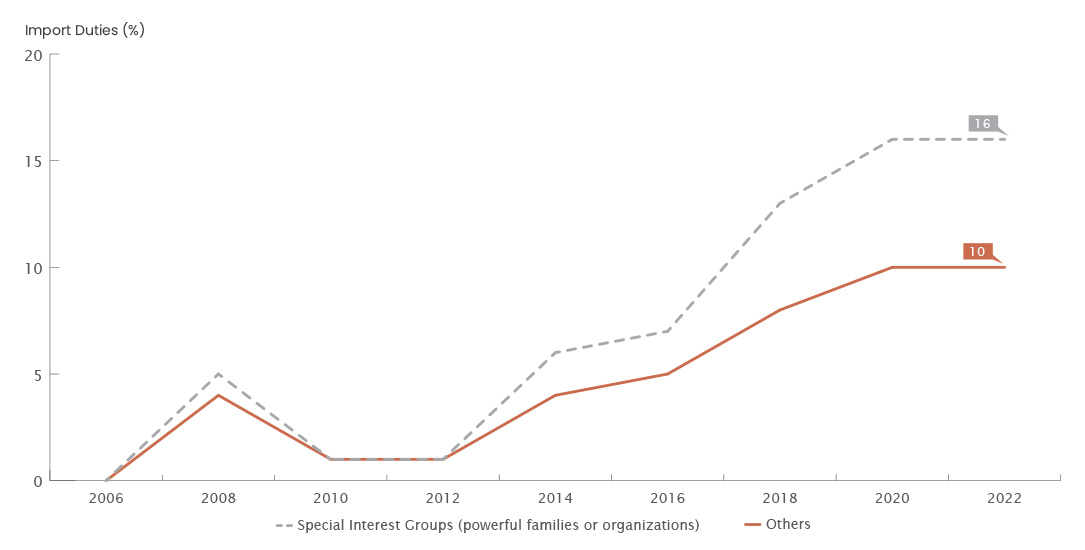
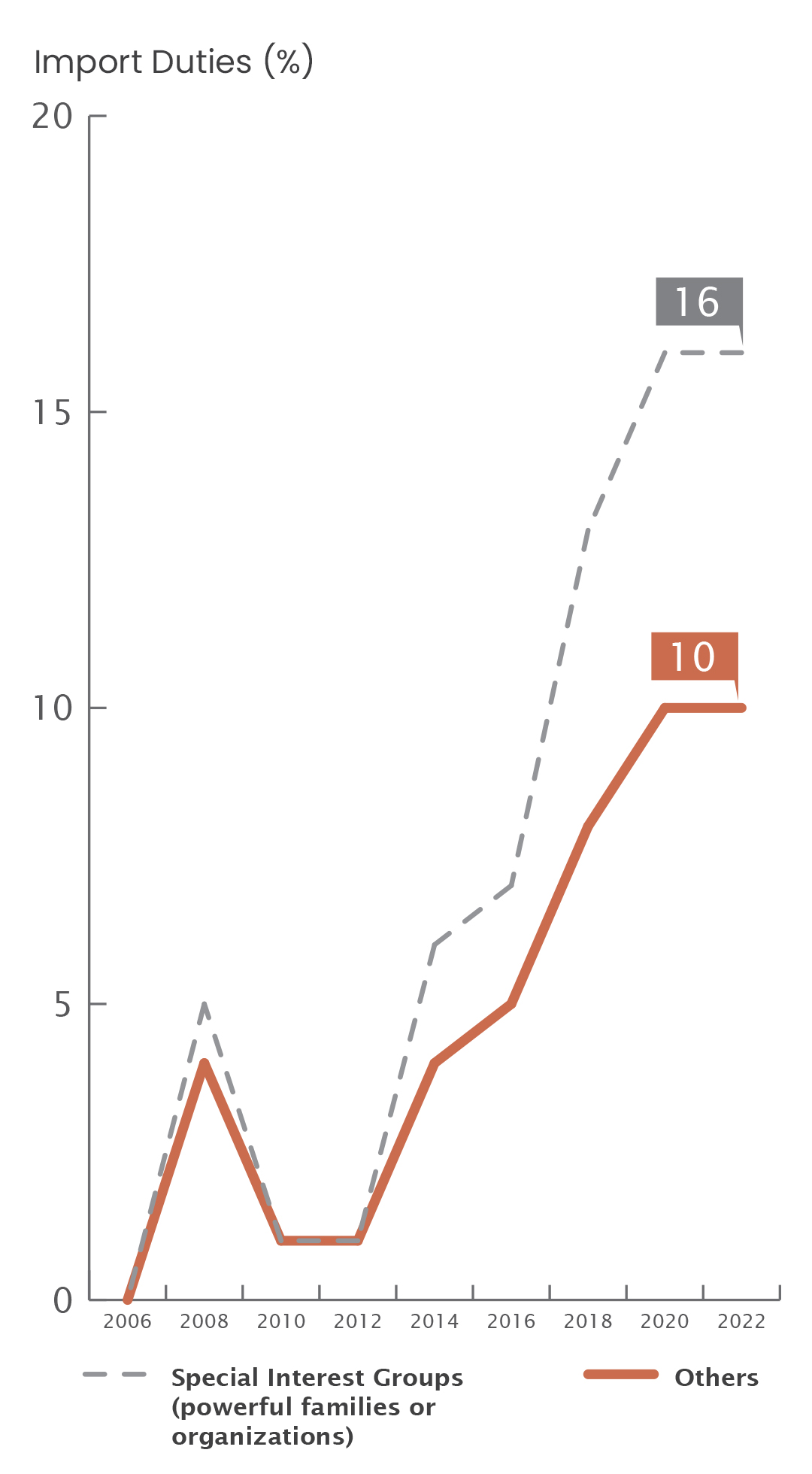
Source: PIDE
Fiscal Brunt After Liberalization
On the flip side, while the ratio of import duties to GDP decreased from 4.82 percent in FY1991 to 1.86 percent in FY2001, the sales tax-to-GDP ratio experienced an increase from 1.96 percent in FY1991 to 4.49 percent in FY2001. This showcases one of the ripple effects that might result from an unclear policy directive. The fluctuations in tax revenue, attributed to shifts in the revenue structure, have led to a volatile fiscal deficit. This issue has persisted as a significant challenge in Pakistan’s economic management over time. Especially in the 1990s, with abruptly changing government setups, Pakistan’s fiscal deficit reached a new high.
It must be noted that import duties were notably reduced, “largely due to the IMF’s push for trade liberalization beyond WTO requirements”. This hit domestic industries, as local producers struggled against imported finished goods. Additionally, increased direct and sales taxes to maintain a suitable revenue, further hampered domestic production. The IMF’s suggested tax strategy, being deflationary, limited output growth hence leading Pakistan into a turbulent future. Thus, it’s reasonable to deduce that liberalization was expedited without first ensuring a stable foundation.
Loss in Growth
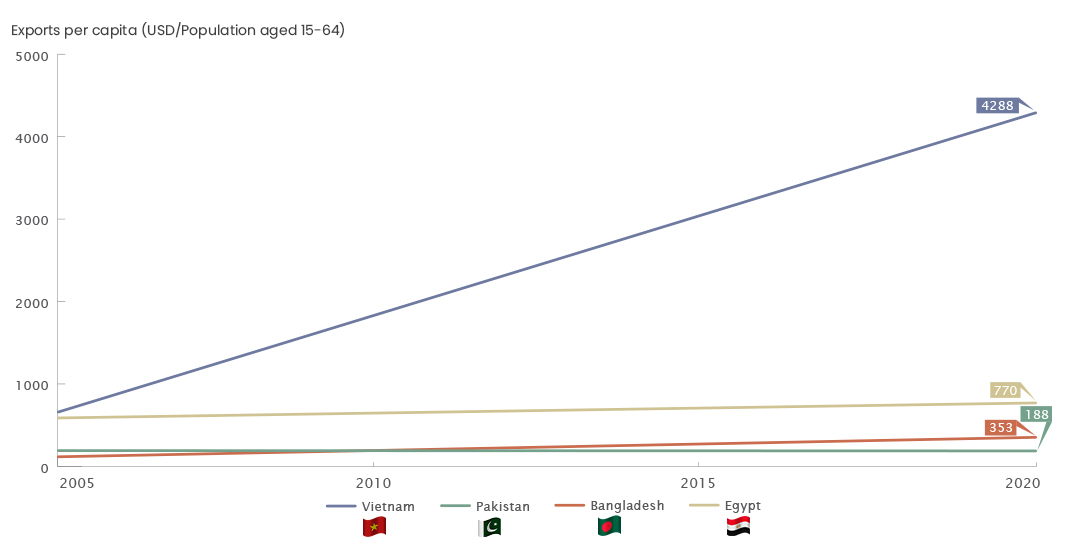
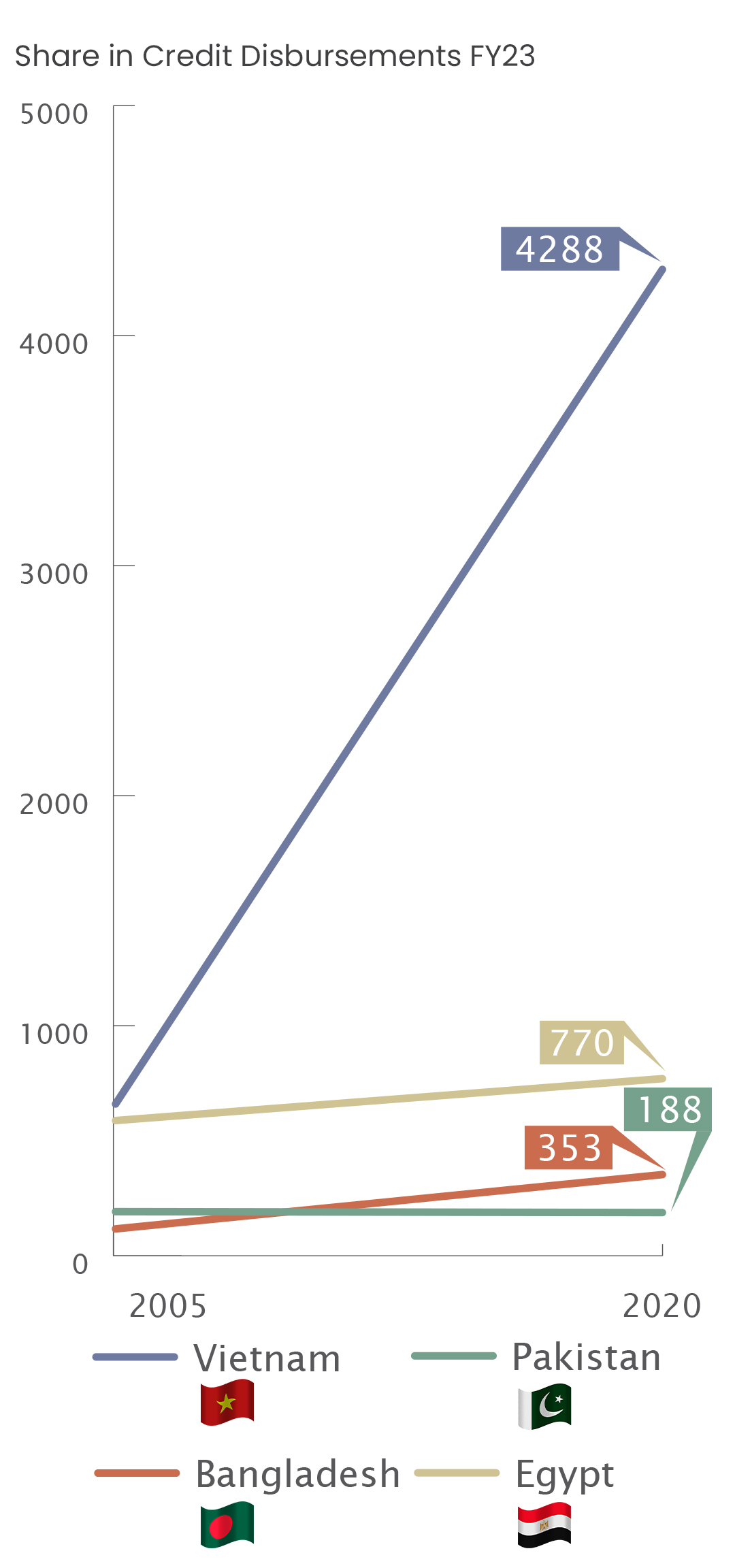
Source: Pakistan Development Update, World Bank
The immediate effects of improper and undercooked policies weren’t felt until after 2007. During this time, Pakistan’s economic growth was mostly owed to foreign assistance and considerably low oil prices. Delayed effects of previous policies bought Pakistan some time to stabilize its economy. The establishment of structural policy reforms alongside enhancements in economic governance set the groundwork for a heightened growth trajectory between 2002 and 2007. Nevertheless, the aspiration for structural reforms remained confined to this specific period, while Pakistan proceeded by resorting to short-term solutions to address challenges that persisted in the future.
Archaic Economic Management
Apart from the liberalization effort, post-2008 developments in Pakistan’s industry, as well as agriculture, have shown signs of political manipulation. A few notable sectors include automobiles, wheat, sugar, livestock, and textiles. While ordinary businesses in these sectors do experience spillover advantages, it’s undeniable that the lion’s share of benefits accrues to a handful of influential entities. This style of governance has multifaceted impacts on the economy. The increased role of internal institutions has brought more harm than good due to Pakistan’s administrative restrictions more than anything. We’ve just explored one avenue through which such policies and lack of administrative support lead to persistent challenges spanning decades.
Conclusion
The current method of managing economics, planning development, and setting goals is reflective of a political tradition set in the 1990s. Subsequent progress in Pakistan has been impeded due to a multitude of factors that are not worth repetition. Stories of structural flaws and disengaged stakeholders have been recounted on numerous occasions, yet a concerted effort to devise solutions has remained absent. One thing is for certain, Pakistan cannot afford to disregard the role of politics while forming economic management strategies.
As Pakistan heads into its 76th year of existence, it is accompanied by a reflection on regrets and heartaches, yet underscored by an undeniable optimism for the path ahead. May we live to see the Pakistan of our dreams. Youm-e-Azadi Mubarak! Pakistan Zindabad.

